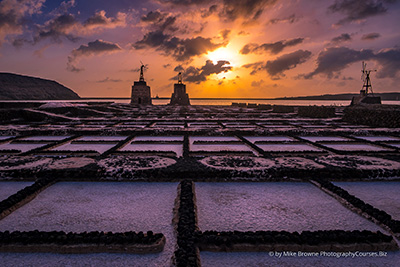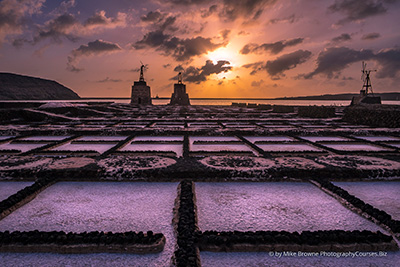Sunsets In Lightroom CC
I love adobe Lightroom CC and have used it professionally since 2009, but regardless of how good software is, the most important part of retouching is You. RAW developing software is only as good as the creative input it gets from you.
Lots of people tell me they don’t want to mess about on a computer and that’s fair enough. I understand. But the problem is when they think they can consistently achieve perfect pictures by shooting jpegs and leaving post production to their camera to do for them.
Cameras are amazing bits of kit, but they don’t know what you want your finished image to look like. What it’s about, what feelings you had when you took it, what attracted you to it in the first place.
The camera will usually do a good job of making it nice and that’s fine for happy snaps and memories. But letting the camera do post production will always be a bit hit and miss and rarely what you envisioned.
Cameras don’t know what the image is about. What feelings you had when you took it. What attracted you to shoot it. What journey you want your viewer to go on through the image.
What emotion you want to evoke through the photo. How you want it interpreted. Only you know these things and these are all part of your style of photography.
There will be many interpretations you can put onto an image but which one is “right”? Well there aren’t any “rights” in photography. There is only what we like and to begin with it takes time and experimentation to figure out what that might be.
Is it this?

Or this?

Or this?

And when we have developed our preferred look, it takes confidence to stand up and say. “This is what I like. This is how I want my image to be.” When we post it online. There are many self appointed critics out there – don’t let them get to you if you encounter one.
Retouching Tips
Before you begin working on an image, stop and think about how you fealt when you shot it. What you were experiencing and how you could convey that visually to your viewers.
Don’t go crazy when retouching. It’s tempting to whack the sliders and controls too far because we’re impatient. Small subtle adjustments stack up in a far more pleasing way and make a bigger difference to an image overall.
Make virtual copies and try different interpretations of the same raw file. This will help you discover what you prefer and help evolve your style.
Be ruthless when you import. Why bother importing hundreds of similar images none of which you’re particularly excited about. They’ll only confuse you and burn hours as you fiddle about trying to make them interesting. If they don’t excite you, don’t import them.
It’s better to keep your top 5 favourites and spend time on them alone.
Calibrate your monitor. All monitors display differently so you cannot control how others see your images. You cannot ensure they are seeing exactly what you want them to, but if your monitor is calibrated you have a better chance than if it isn’t.
And when someone tells you they’d prefer your image if it was warmer, cooler, brighter, darker, more contrasty… You can tell them is either not how they are seeing it and they need to calibrate their monitor, or that that’s the way you like it. Period.
To be a photographer you have to think like a photographer and that goes right from capturing the image through the post processing of your raw files when you turn them into jpegs or tiffs or whatever to be admired and enjoyed by all.
My 7 Steps to Perfect Pictures not only explains Lightrooms tools and what they do, it goes into how to plan and interpret your images. How to create a roadmap to your final vision, the one you had when you pressed the shutter…


































